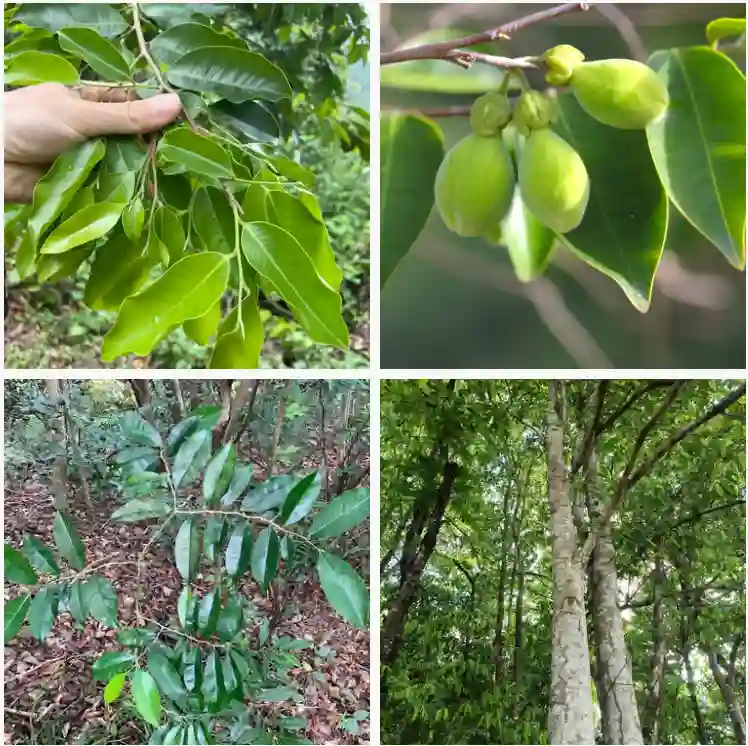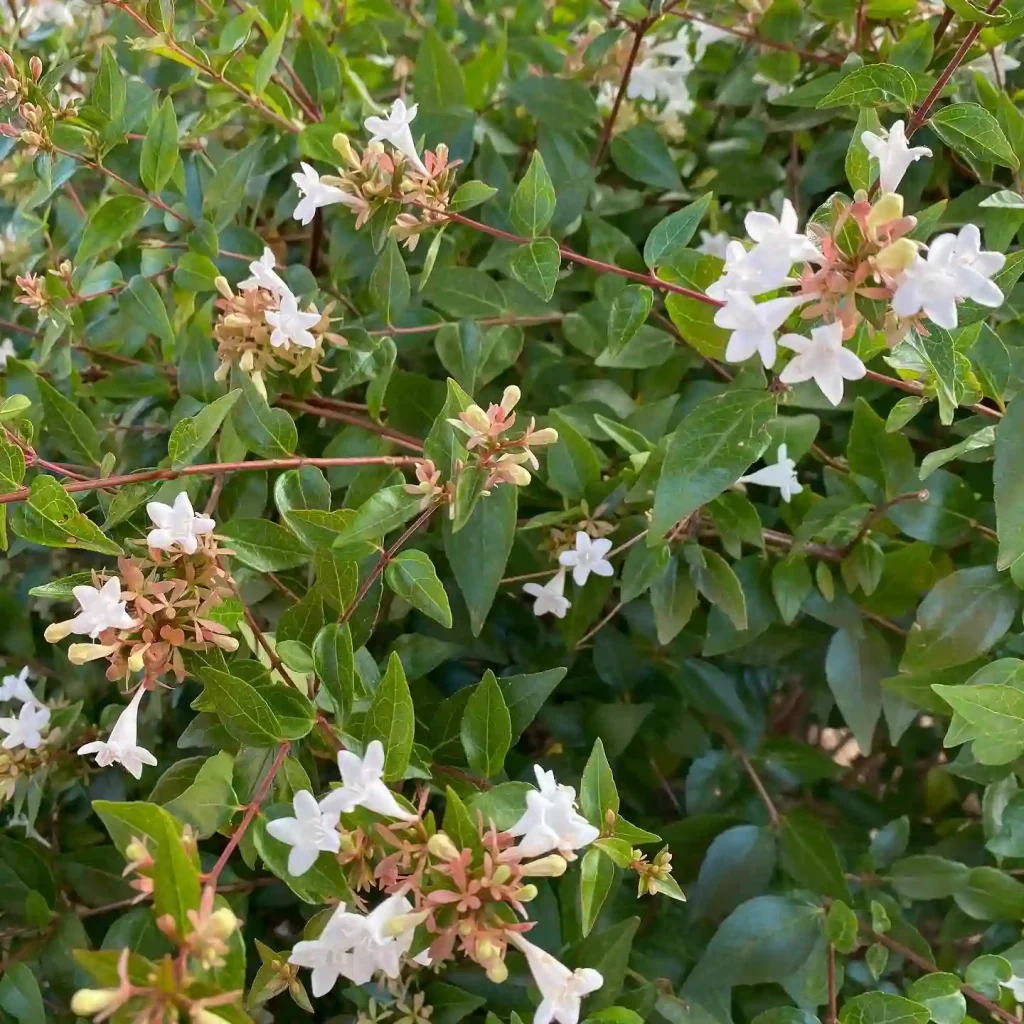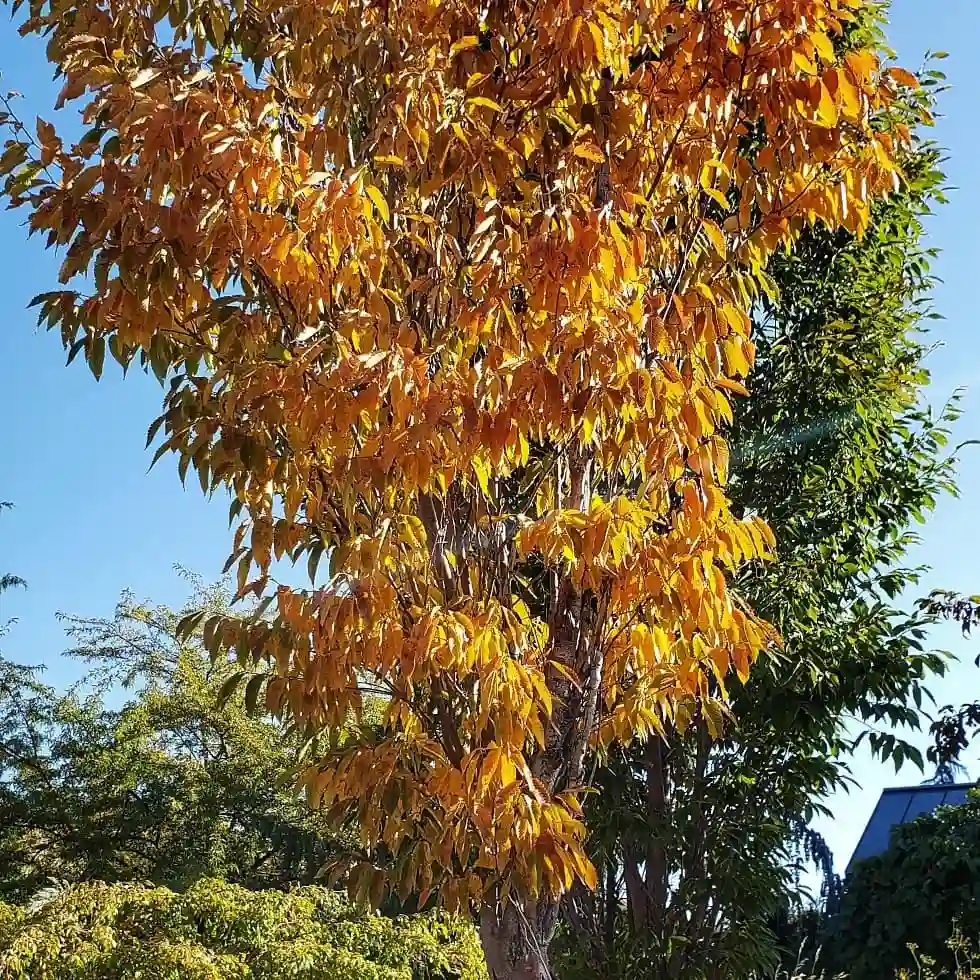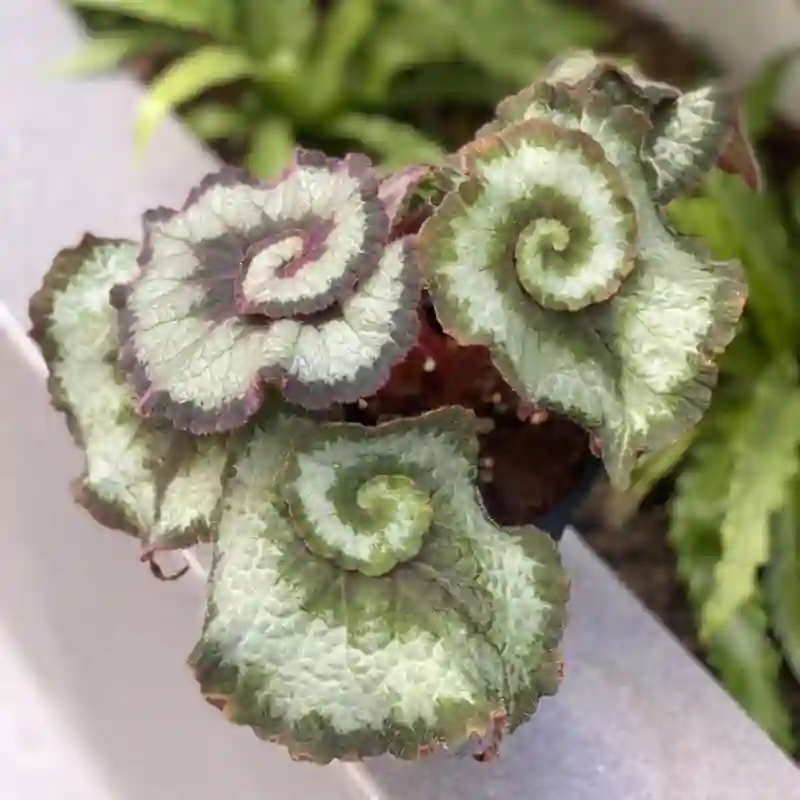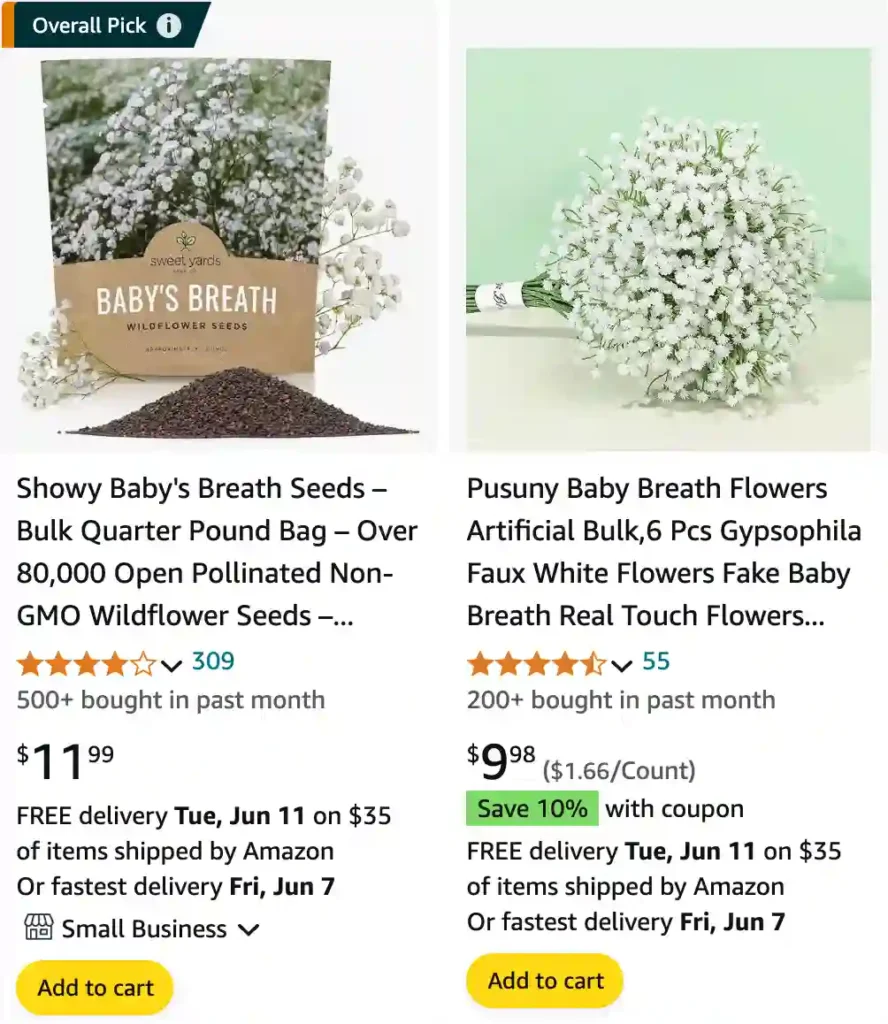
Baby’s Breath: The Delicate Darling of the Floral World
Hi everyone, Ferb Vu here! Today, we’re diving into the world of Baby’s Breath, those ethereal little flowers that add a touch of magic to any arrangement. Whether you’re a seasoned gardener or a flower arranging newbie, Baby’s Breath is a versatile and charming addition to your floral endeavors.
149 Species in Genus Gypsophila
What is Baby’s Breath?
Baby’s Breath, also known as Gypsophila paniculata, is a flowering plant belonging to the carnation family (Caryophyllaceae). Native to central and eastern Europe, it’s widely cultivated for its delicate, star-shaped blooms that come in shades of white and pale pink.
These tiny flowers, typically measuring around 6-8 millimeters, boast a cloud-like appearance, earning them the moniker “Baby’s Breath.” Their airy presence adds a touch of innocence and romance to bouquets, making them popular choices for weddings and other special occasions.
How to Care for Baby’s Breath?
While Baby’s Breath appears delicate, it’s a surprisingly low-maintenance plant. Here’s what you need to know to keep yours thriving:
- Sunlight: Baby’s Breath prefers full sun to partial shade. Aim for at least 6 hours of direct sunlight daily.
- Soil: Well-draining soil is key. Amend clay-heavy soil with sand or perlite to ensure proper drainage.
- Watering: Water deeply when the soil feels dry to the touch. Avoid overwatering, as this can lead to root rot.
- Feeding: Fertilize lightly during the growing season with a balanced fertilizer diluted to half strength.
- Deadheading: Regularly remove spent flowers to encourage continuous blooming throughout the summer and fall.
Bonus Tip: For bushier plants, pinch back the stems during the growing season to promote branching and a fuller flower display.
How to Propagate Baby’s Breath?
If you want to expand your Baby’s Breath collection, propagation is a breeze! You can achieve this through two main methods:
- Seed Saving: Collect seeds from spent flower heads in late summer. Allow them to dry completely before storing them in a cool, dark place for sowing next spring.
- Division: In spring or fall, carefully divide established clumps with a sharp spade. Replant the divisions in well-draining soil, keeping them well-watered until established.
What to Plant With Baby’s Breath?
Baby’s Breath plays well with others! Here are some ideas for companion plants:
- Bold Blooms: Pair Baby’s Breath with vibrant flowers like roses, peonies, or dahlias for a stunning contrast.
- Fragrant Friends: Lavender, phlox, and sweet peas complement Baby’s Breath with their delightful scents.
- Textural Harmony: Combine Baby’s Breath with ornamental grasses or foliage plants like dusty miller for added visual interest.
No matter your preference, Baby’s Breath provides a delightful textural element that elevates any floral combination.
Frequently Asked Questions about Baby’s Breath
Here are some additional questions you might have about Baby’s Breath:
- Is Baby’s Breath poisonous?
- No, Baby’s Breath is not considered toxic to humans or pets.
- Can Baby’s Breath be grown indoors?
- While technically possible, Baby’s Breath thrives best outdoors with ample sunlight.
- Is Baby’s Breath a perennial?
- Yes, most varieties of Baby’s Breath are perennial, returning year after year in suitable climates.
- Does Baby’s Breath have any medicinal uses?
- While not a common medicinal herb, some cultures have traditionally used Baby’s Breath for its anti-inflammatory properties. However, it’s always best to consult a healthcare professional before using any plant for medicinal purposes.
By following these simple tips, you can enjoy the delicate beauty of Baby’s Breath in your garden or floral arrangements. With its easy-going nature and charming presence, Baby’s Breath is sure to become a favorite in your floral repertoire.
If i die, water my plants!
